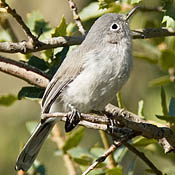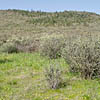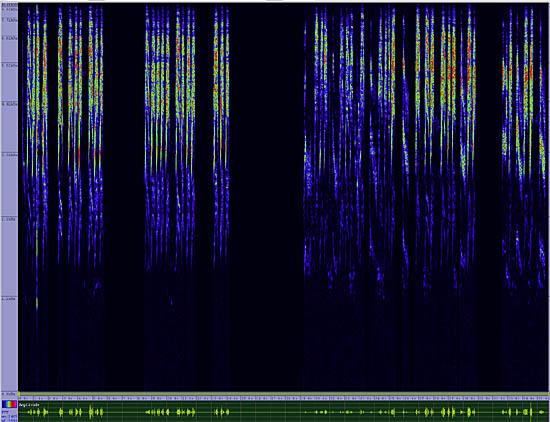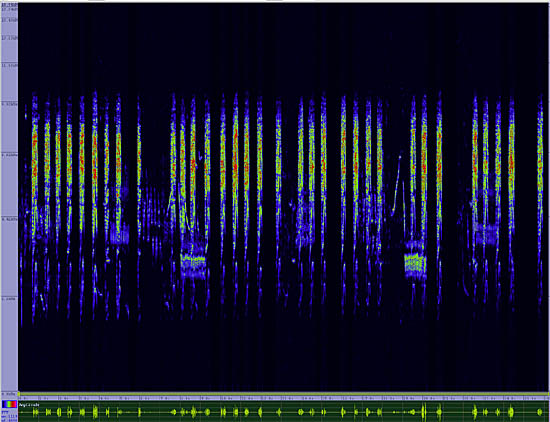Blue-gray Gnatcatcher
Polioptila caerulea

Perching
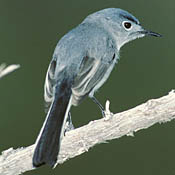
Length: 4 in. (11 cm )
This gnatcatcher occurs in a wide variety of habitats but is most common in tall forest and riparian areas at mid elevations. It hunts actively and conspicuously for insects on the leaves and vegetation of trees and tall bushes with its tail constantly moving up and down and to the side. During the winter it descends to lower elevations and frequently forages in mixed species flocks that include other species of gnatcatchers in the west. Its small cup nest is balanced on top of a large branch and consists of lichens, plant down and spider webbing.
The four-digit banding code is BGGN.
Bibliographic details:
- Article: Blue-gray Gnatcatcher
- Author(s): Dr. Biology
- Publisher: Arizona State University School of Life Sciences Ask A Biologist
- Site name: ASU - Ask A Biologist
- Date published:
- Date accessed:
- Link: https://askabiologist.asu.edu/activities/bird/blue-gray-gnatcatcher
APA Style
Dr. Biology. (). Blue-gray Gnatcatcher. ASU - Ask A Biologist. Retrieved from https://askabiologist.asu.edu/activities/bird/blue-gray-gnatcatcher
Chicago Manual of Style
Dr. Biology. "Blue-gray Gnatcatcher". ASU - Ask A Biologist. . https://askabiologist.asu.edu/activities/bird/blue-gray-gnatcatcher
Dr. Biology. "Blue-gray Gnatcatcher". ASU - Ask A Biologist. . ASU - Ask A Biologist, Web. https://askabiologist.asu.edu/activities/bird/blue-gray-gnatcatcher
MLA 2017 Style
Be Part of
Ask A Biologist
By volunteering, or simply sending us feedback on the site. Scientists, teachers, writers, illustrators, and translators are all important to the program. If you are interested in helping with the website we have a Volunteers page to get the process started.

